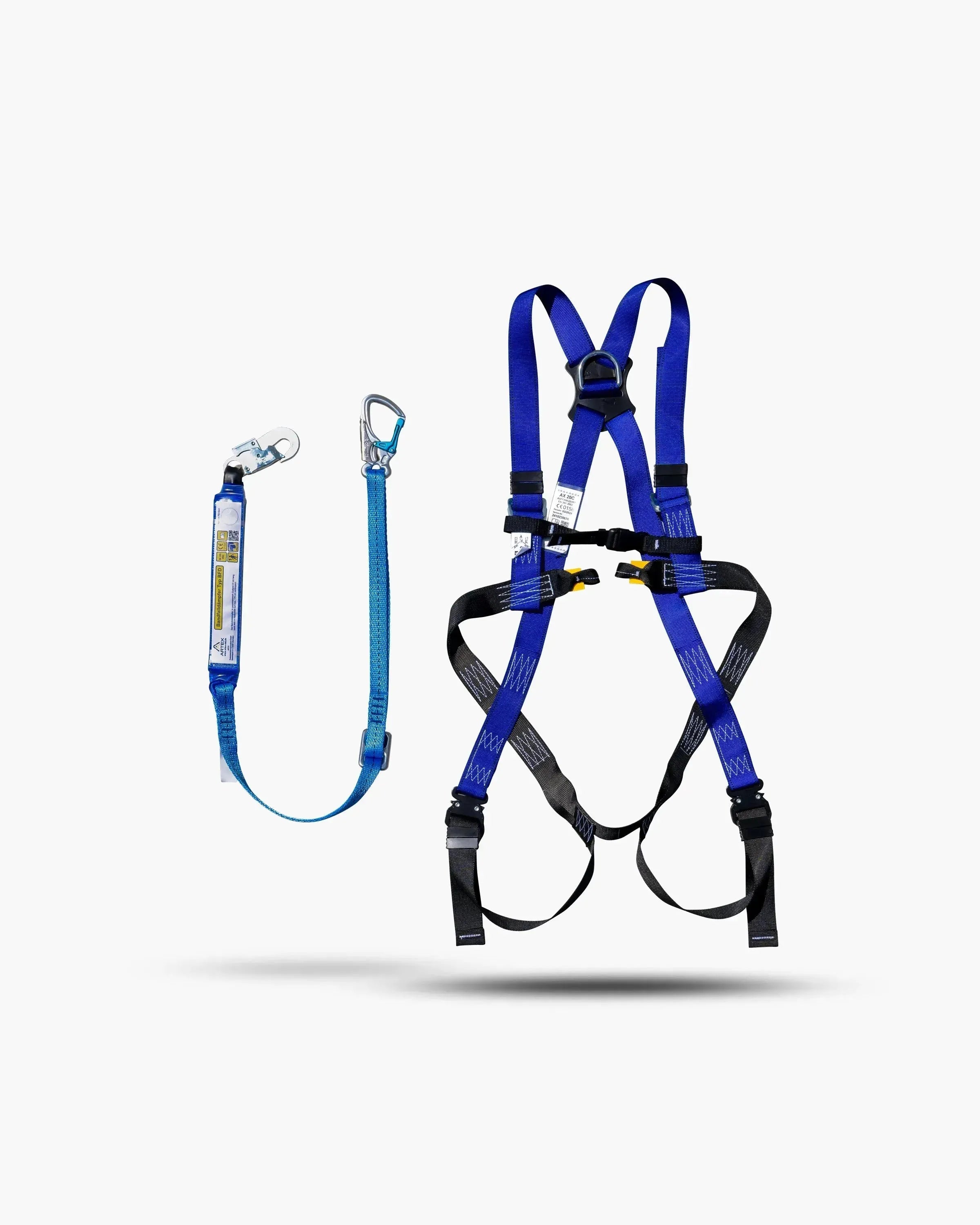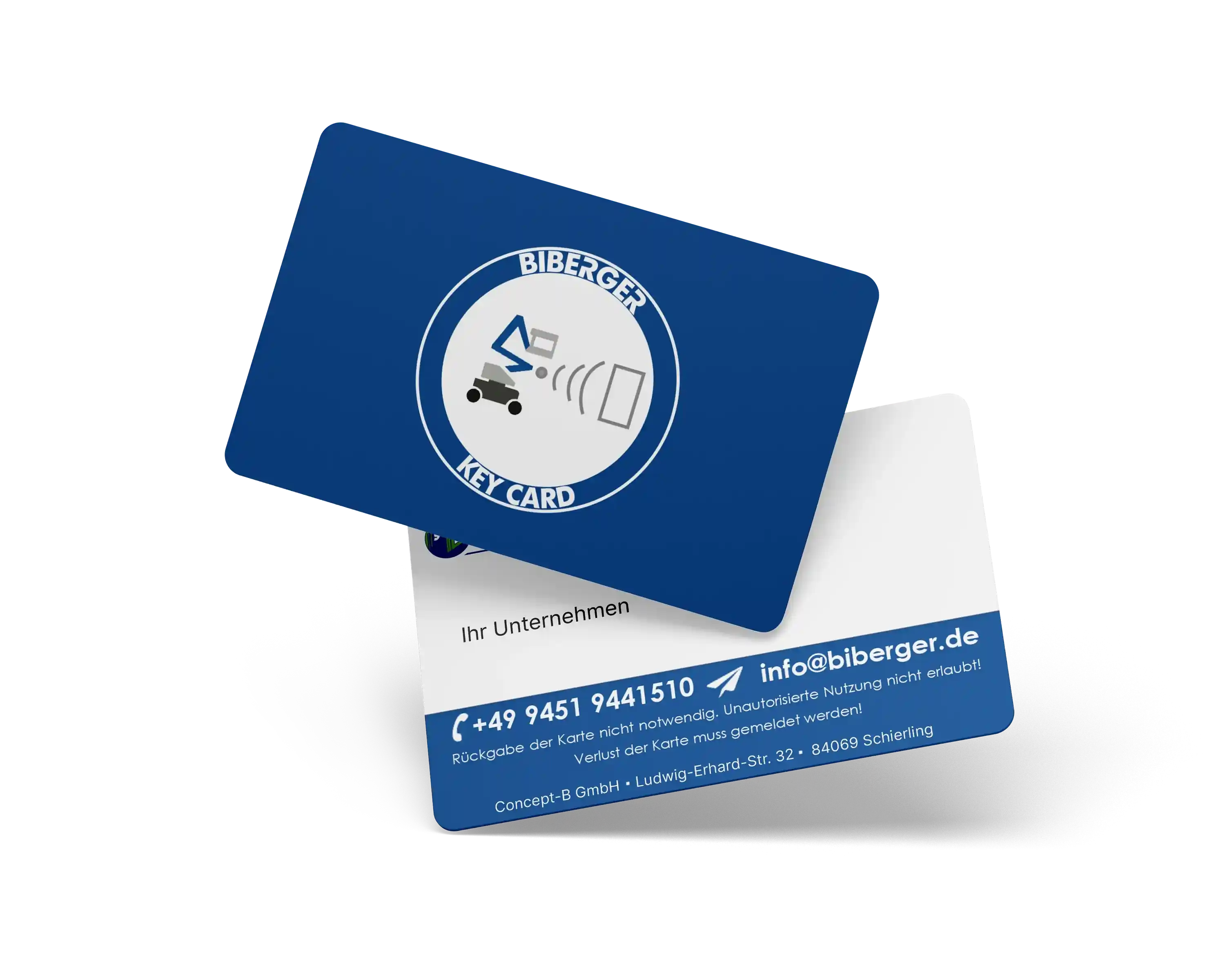Anyone transporting construction equipment such as work platforms or forklifts cannot avoid one issue: axle load. Often underestimated, but crucial in practice – especially when heavy equipment is loaded onto trailers, trucks, or low-loaders.
Here you can find out what you need to know about axle loads, how to calculate them and why they play a role in rental .
What is axle load anyway?
Axle load refers to the weight placed on a single axle of a vehicle. This can be a front or rear axle—or, in the case of trucks and low-loaders, multiple axles simultaneously. A distinction is made between:
- permissible axle load → stated in the vehicle registration document, must not be exceeded
- actual axle load → results from the current load
Important: The lower limit always applies. If your trailer is approved for 10 tons, but one axle is only allowed to carry 5 tons according to the vehicle registration document, you're at the limit at 5 tons per axle – regardless of how light the rest is .
Why is axle load so important for construction machinery and forklifts?
Because our equipment is often compact but extremely heavy. A scissor lift with a 15-meter lift height easily weighs 3 to 5 tons – usually with a lot of weight in a small space . This leads to uneven weight distribution , which can quickly lead to overloading of individual axles during transport.
Anyone who ignores the axle load risks:
- Fines for traffic checks
- Damage to the chassis, tires or trailer
- in an emergency: dangerous driving dynamics or accidents
Axle load in the vehicle registration document: Where does it say what?
In Germany, you can find the permissible axle loads in the vehicle registration document part 1 (registration certificate I):
- Field 7.1 / 7.2 / 7.3 → depending on whether the vehicle has one, two or more axles
- Values are given in kg and refer to the maximum permissible load per axle
Example: 1st axle = 1,800 kg 2nd axle = 2,000 kg → The total vehicle may not exceed 3,800 kg on the road – but no single axle may carry more than the specified value.
How do you calculate the actual axle load?
You can determine the actual axle load in two ways:
1. Weighing when loading
The safest method is to weigh each axle on a calibrated axle load scale – many haulage companies, large construction sites or recycling centers have such systems.
2. Calculation by center of gravity
If you know the center of gravity of your device and the distance to the axis, you can determine approximate values using simple physical formulas:
Formula for calculating axle load
Achslast = (Gesamtgewicht × Abstand zur anderen Achse) ÷ Achsabstand
Example: For a vehicle with a total weight of 3,000 kg, a wheelbase of 2 m and a distance of 1.2 m to the rear axle:
Front axle load = (3,000 × 0.8) ÷ 2 = 1,200 kg
Rear axle load = (3,000 × 1.2) ÷ 2 = 1,800 kg
This is of course only a guideline – always have heavy equipment weighed if you are unsure.
What influences the axle load when transporting work platforms?
The distribution of the load depends on several factors:
- Loading position on the trailer or truck
- Axle arrangement of the vehicle
- Center of gravity of the device – e.g. telescopic forklifts or diesel scissor lifts often at the rear
- Additional equipment (e.g. platform extension, ballast, attachments)
Tip: When loading, always work with the center of gravity as central as possible – this will distribute the load more evenly.
What happens if an axle is overloaded?
If you overload an axle, even though the total weight may be correct, this can still have consequences:
- Tire blowout due to overheating
- reduced directional stability when braking or swerving
- Steering problems due to insufficient load on the front axle
- Loss of operating license during inspections
In short: the axle load counts just as much as the total weight – at BIBERGER we make sure that you don’t take any risks with our rental equipment.
What does axle load mean for you as a renter in everyday life?
When you rent a platform or forklift from us, you'll receive all relevant weight information directly . This includes:
- Weight of the device
- Center of gravity position (if required)
- Loading instructions for transport vehicles
We will advise you on which means of transport you need – whether with your own trailer or via our low-loader delivery.
By the way: Some modern stages even show you the current device weight including payload digitally on the display – this can also help with transport security.
Conclusion: Always consider axle load – especially with rental equipment
The axle load is an important number in the vehicle registration document – it determines the safety and legality of your transport solution.
If you rent a heavy scissor lift or forklift, you should definitely check (or have someone check) whether your trailer or transport vehicle complies with the axle loads - even if the permissible total weight appears to be correct.
At BIBERGER, we support you not only with technology but also with experience . This way, you'll reach your destination safely with your rental – and stay there.














Share:
Forklift truck explained: Everything about weight, use and designs at a glance